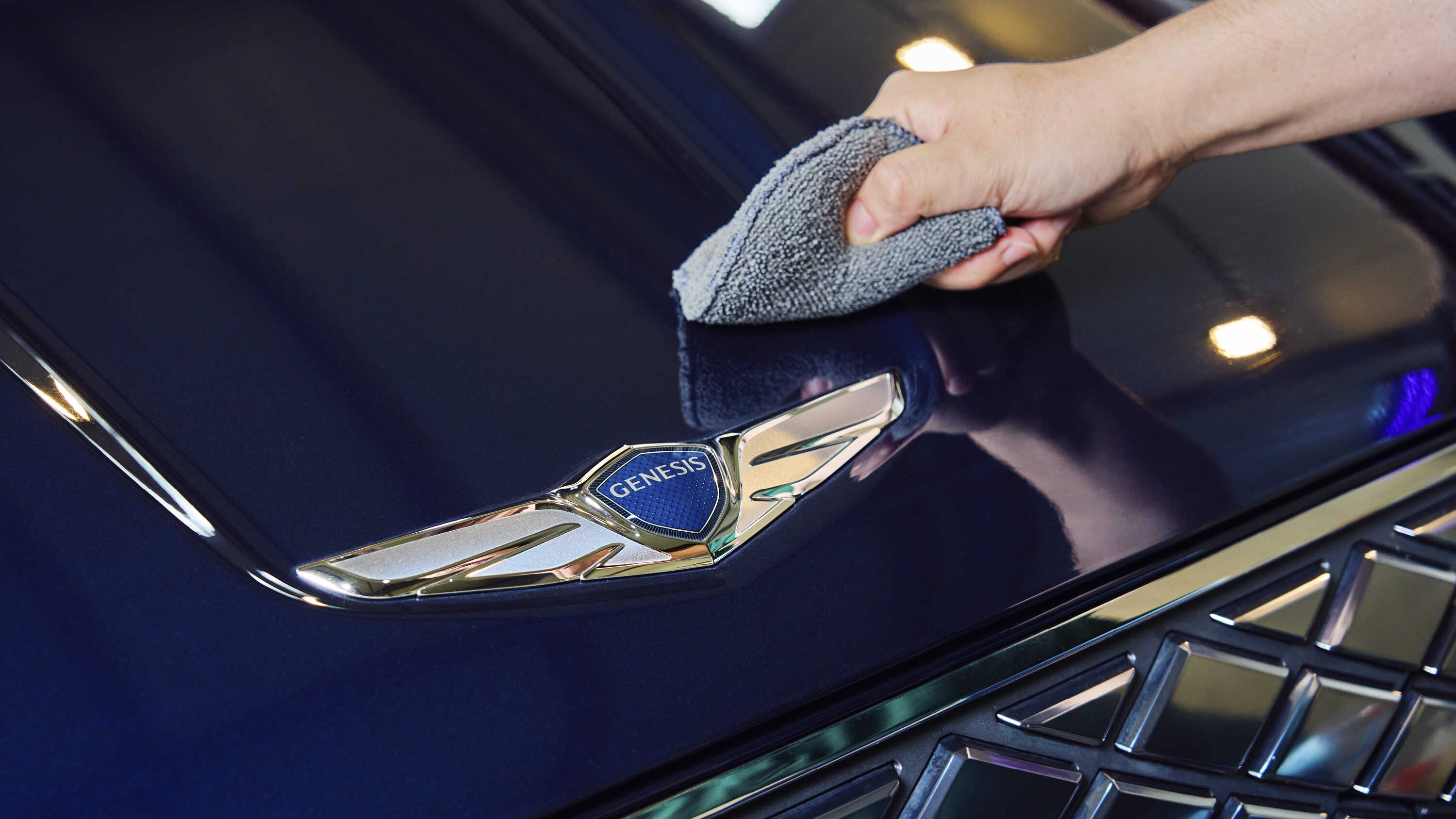
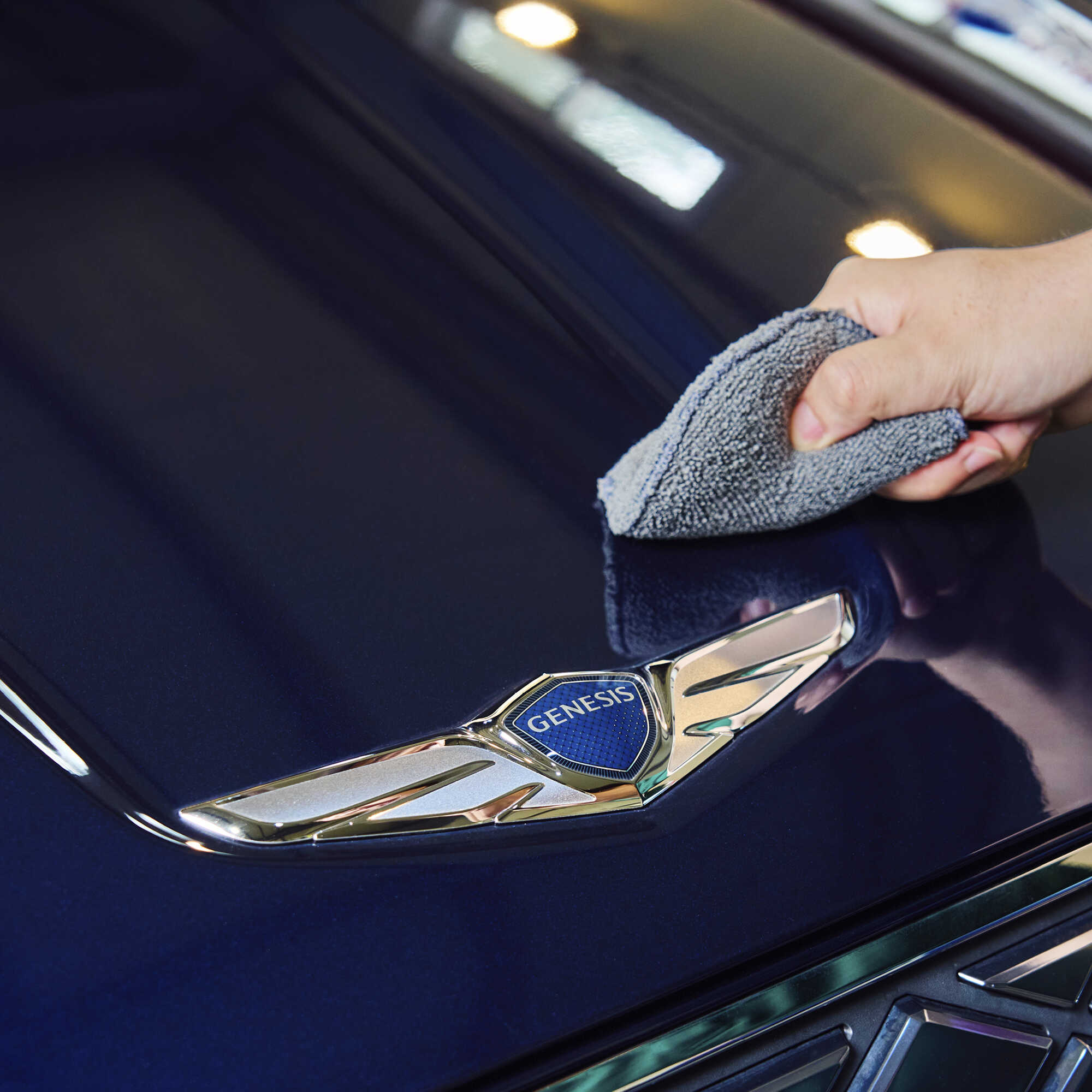


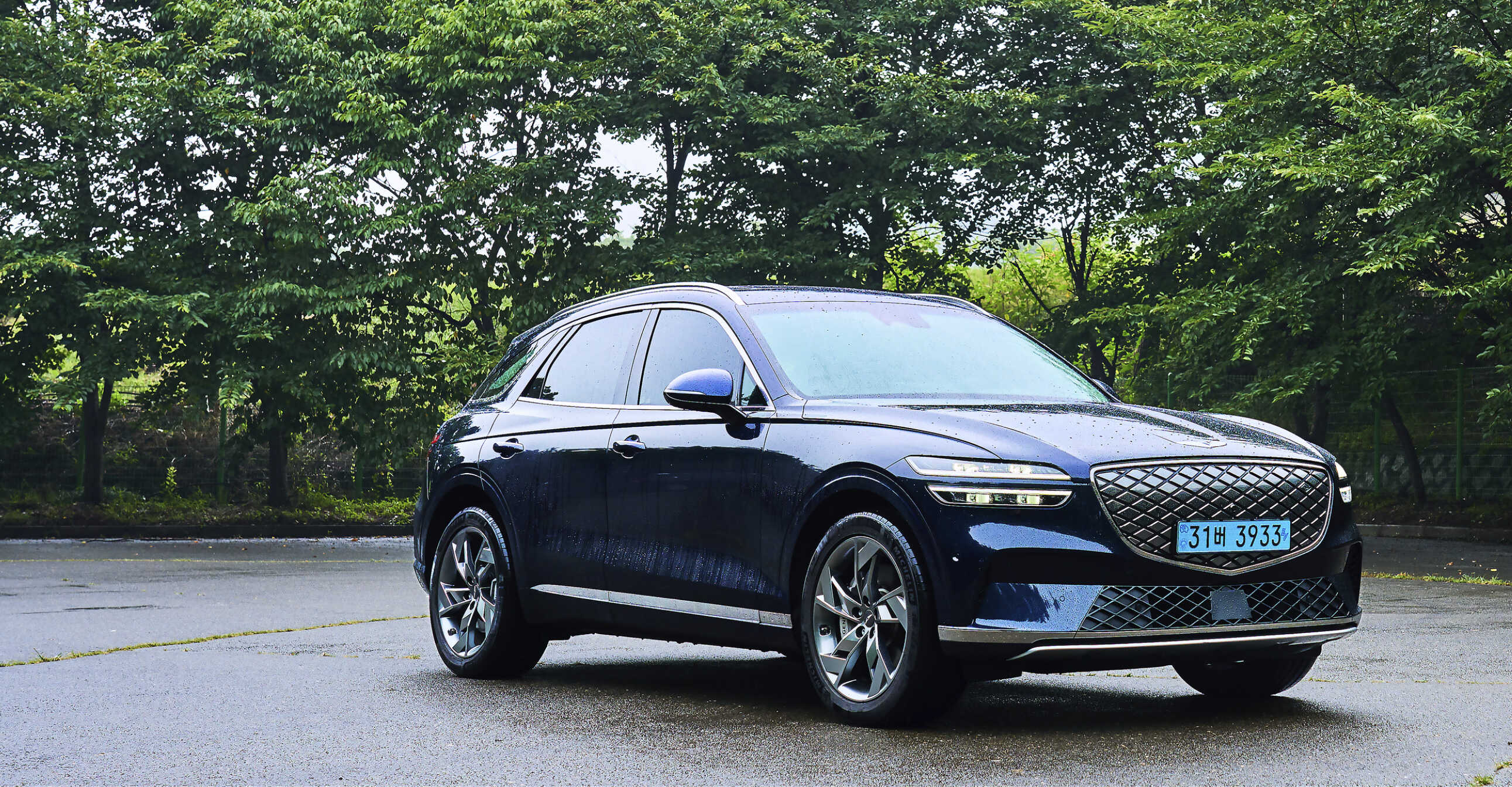
Summer is a tough season for both people and cars. Direct sunlight in midsummer can damage the painted surface, and high humidity can cause mold indoors. And there is more; The rainy season, when it rains continuously, makes driving difficult. Especially this year, as the heat is expected following the unprecedented rainy season, there are many things to look out for, such as wipers, tires, coolant, and brake oil. Here are useful summer car care tips that you can easily do while washing your car.
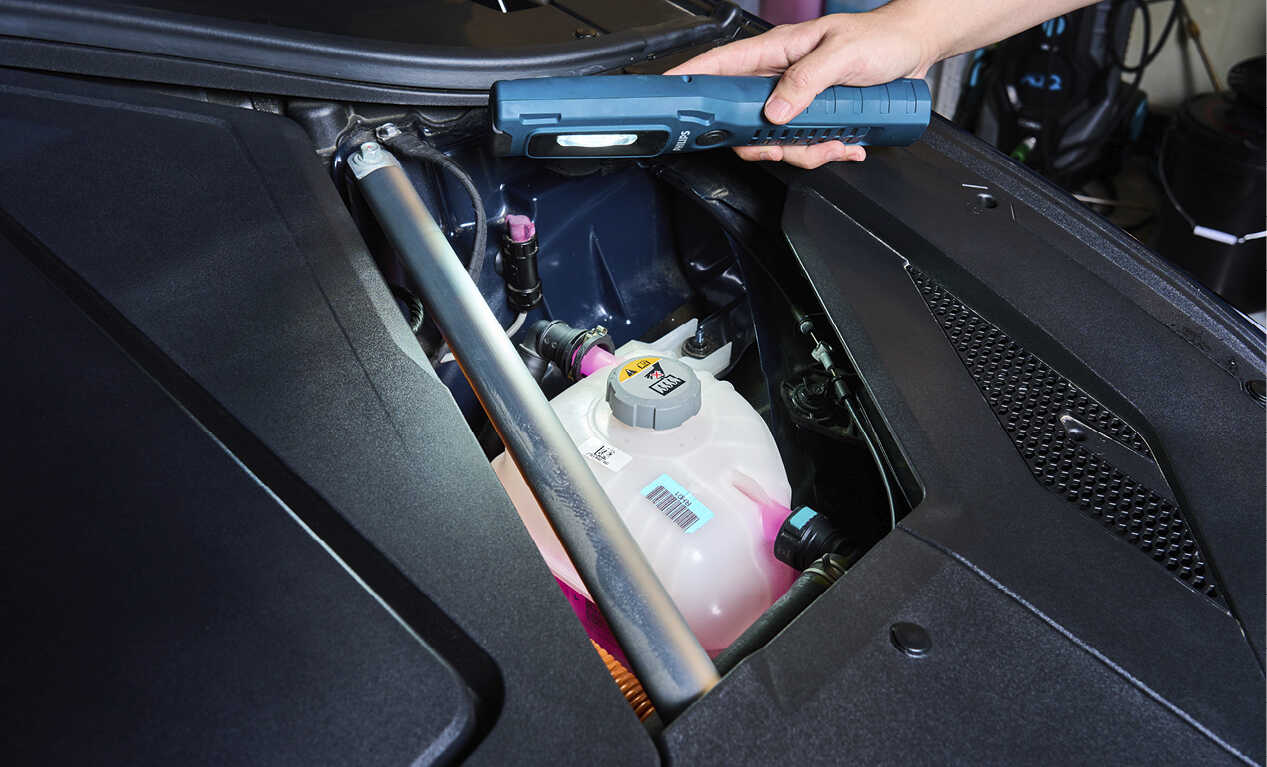
A car wash begins with cooling the car and checking the condition of the car. Therefore, it is recommended to open the bonnet first and check the coolant or brake fluid. The same goes for electric cars; EVs use electric motors and gearboxes instead of engines and transmissions, so they do not require engine oil or transmission oil. However, the use of liquids that affect safety, such as coolant and brake fluid, is the same as internal combustion locomotives.
You can check the remaining coolant and brake fluid through the maximum/minimum scales on the side of the tank. Make sure they are between those lines; If it is insufficient, you should visit the nearest service center and have it checked. They need to be refilled, and the cause of the deficiency must be found and repaired. The sooner this happens, the better. The braking system may not work properly if the brake fluid is insufficient, and overheating can easily occur if the coolant is insufficient.
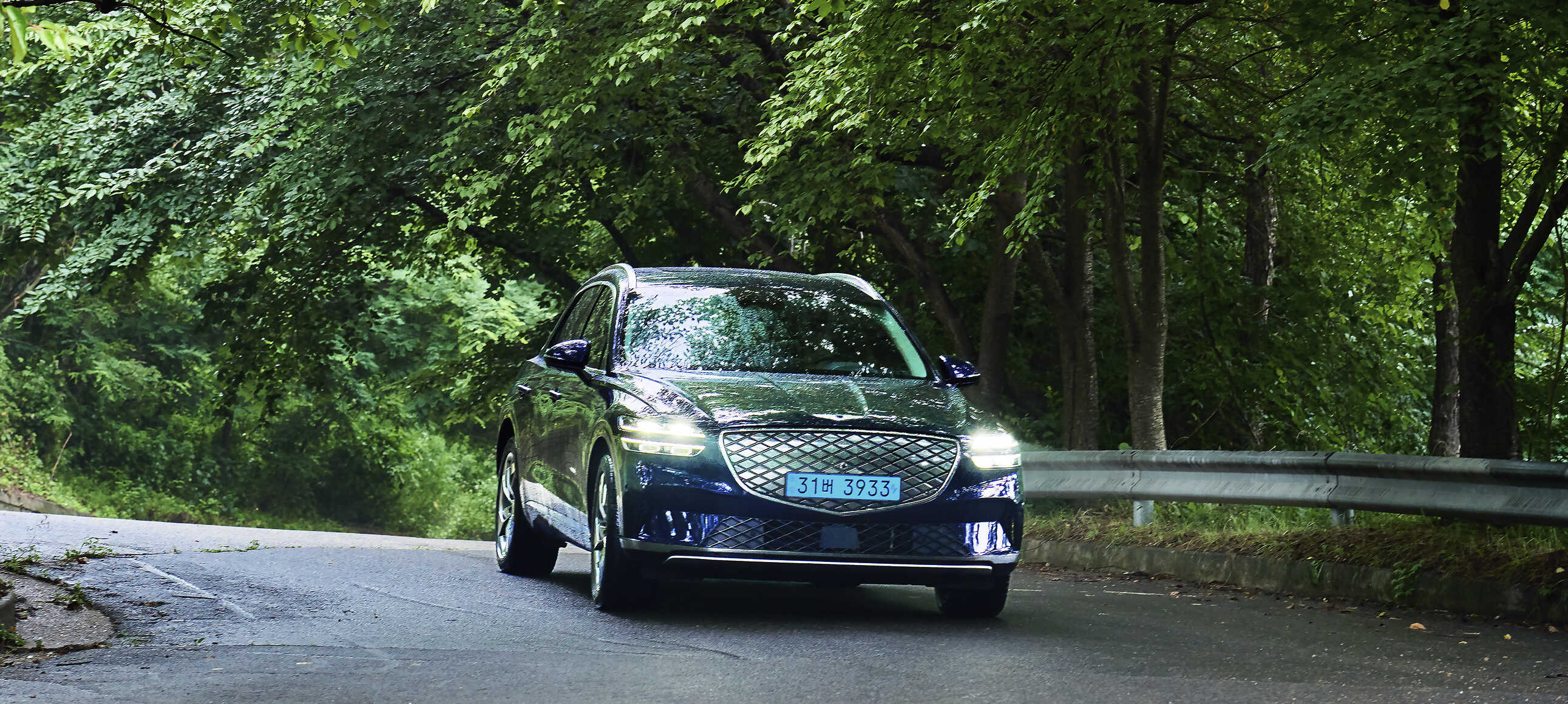
Next, it’s time to check your tires in preparation for the rainy season and make sure your car’s visibility is good. According to the National Archives of Korea, the Ministry of Public Administration and Security, the average rainy season in Korea is 32 days, of which about 17 days have heavy rain. 17 days out of 365 may not seem like a long time; However, during the monsoon season, heavy rains frequently fall in certain times or areas - and this year it’s even worse. In preparation for aquaplaning, which frequently occurs during heavy rain, it is recommended to check the tires in advance and remove the oil film from the glass to secure the best visibility.
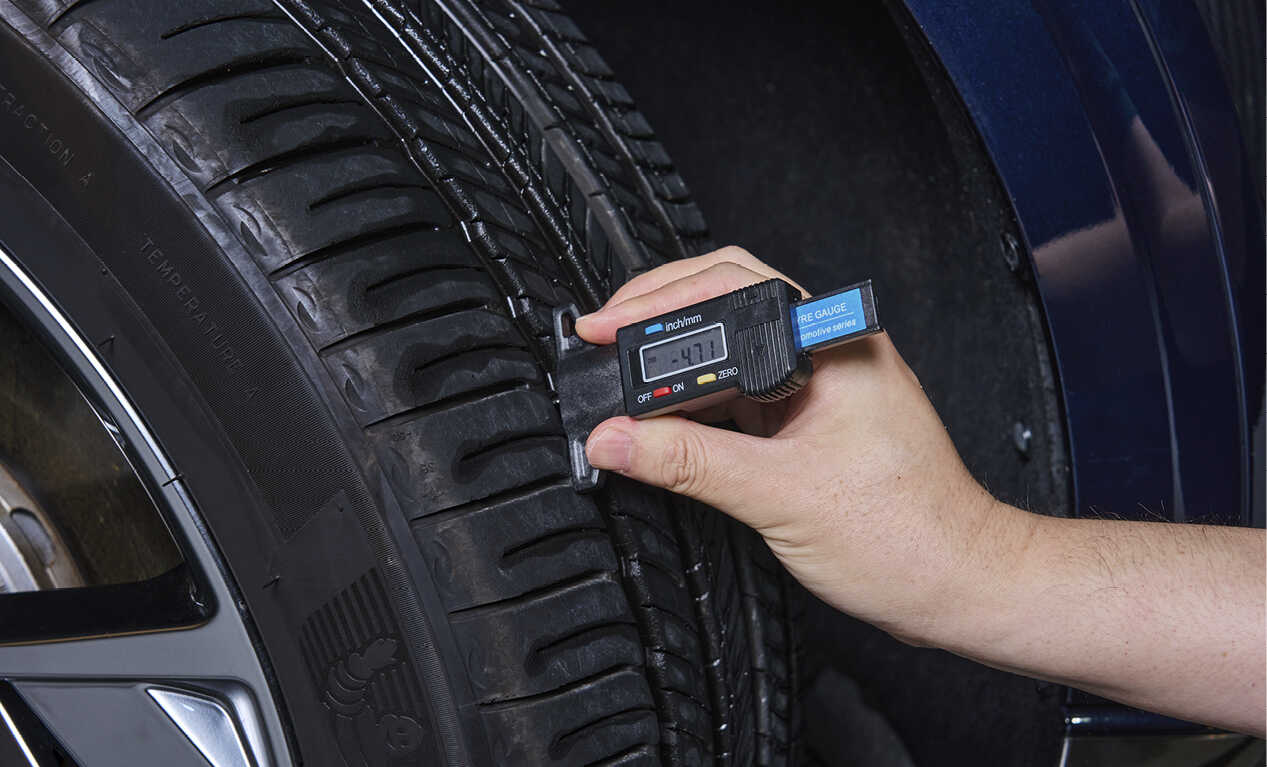
Hydroplaning occurs when the tire’s drainage performance is poor. This is why it is essential to check tire wear before the rainy season. The tread depth of the tire is the drainage channel through which water is drained. Worn out tires naturally have a shallow tire depth, and the height of the drainage channel that discharges water also gets shallower. Therefore, tires that are close to the wear limit line must be replaced.
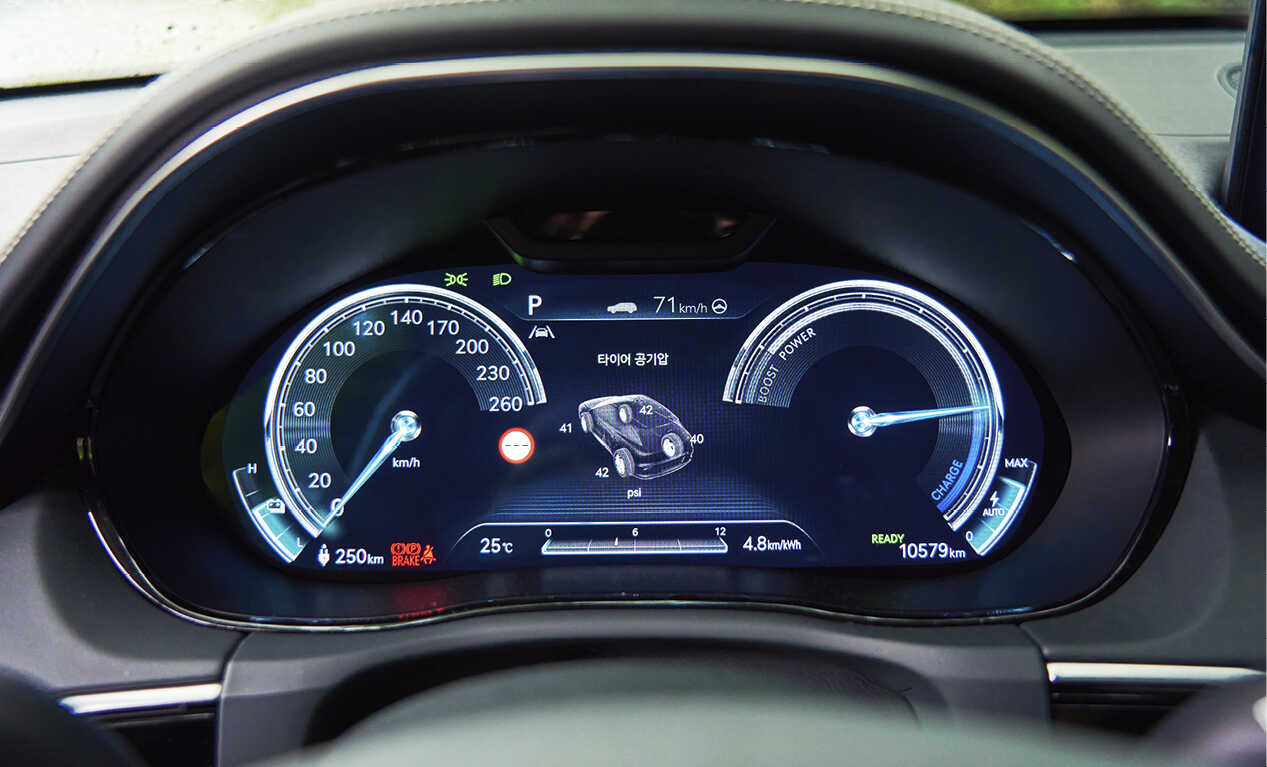
Insufficient tire pressure can also cause aquaplaning. This is because when the tire is pressed by the weight of the car, the bottom is deformed and the drainage channel narrows. Therefore, it is recommended to check the tire pressure frequently during the rainy season. The instrument panel of most recently released car models shows the state of air pressure. Since you can easily check tire usage against mileage, it is a good idea to purchase a simple gauge and check tire wear. This will help you predict in advance when, for example, it will be time to change tires.
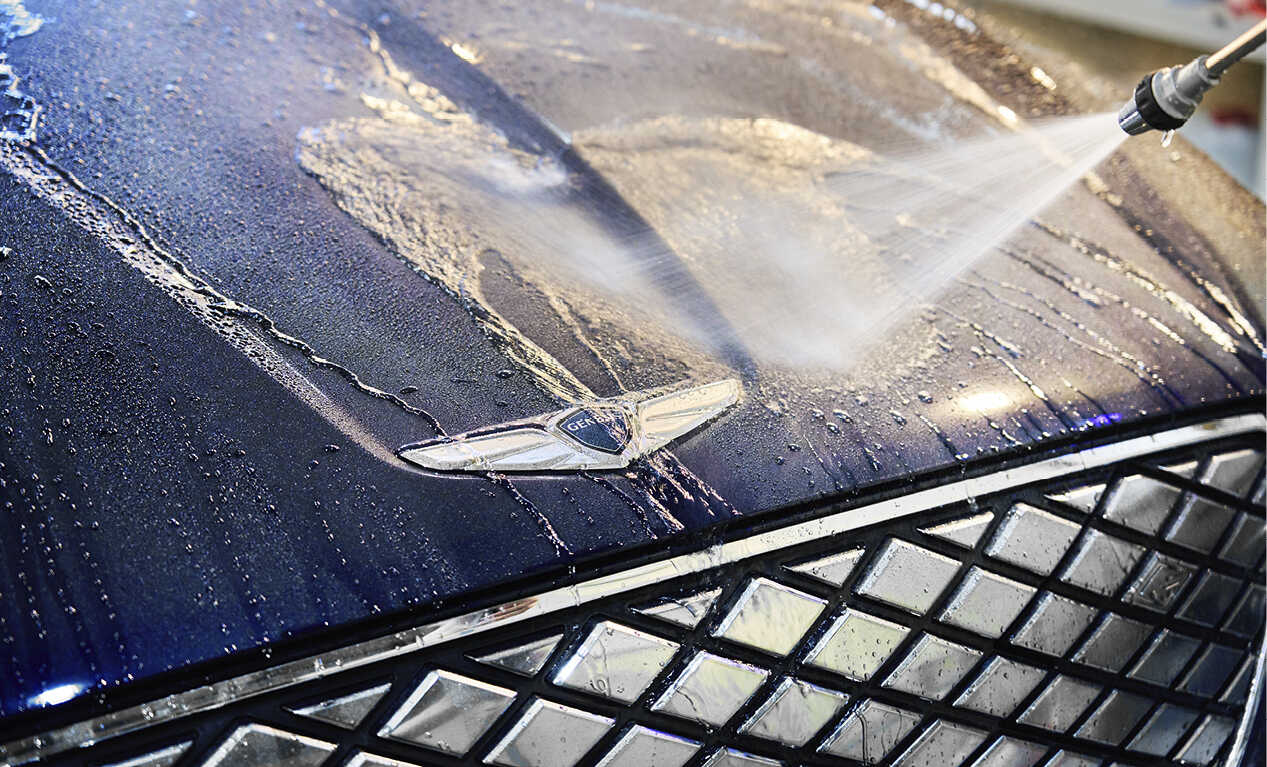
Next is the windshield; Road dust or exhaust gas is attached to a running car, and such contaminants stick to the glass and accumulate like oil, which is called an oil film. If it builds up on your windshield, your vision will continue to be blurry even if you wipe it off with the wiper. Oil film is one of the causes of obstructing vision in the rain. Therefore, it is recommended to remove it before the rainy season arrives.
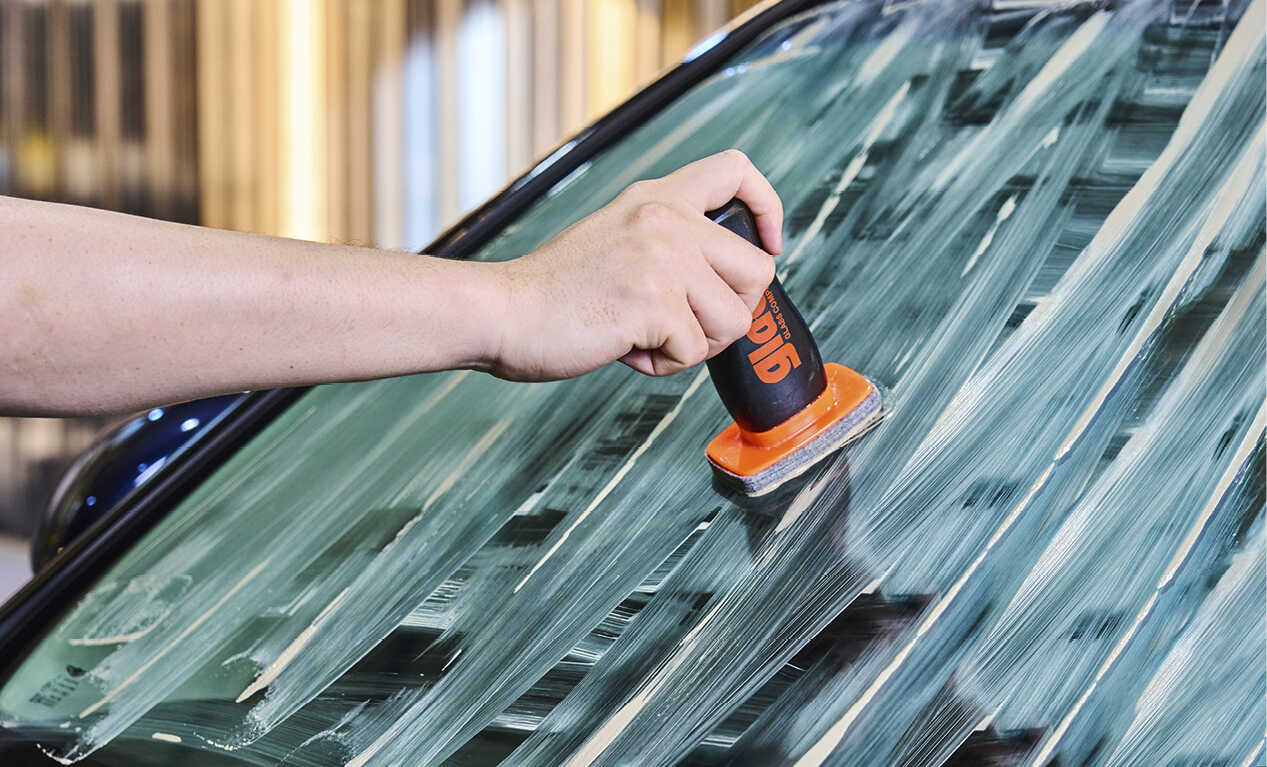
And it’s easy; After wiping the windshield clean with water, apply oil film remover thoroughly and rinse again. The main substances of the oil film remover are abrasives and cleaning agents. This is to remove contaminants and grease from the glass, and the abrasive is weaker than the glass, so you don’t have to worry about damaging the glass. If you don’t have an oil film remover, you can also use dish soap to remove grease.
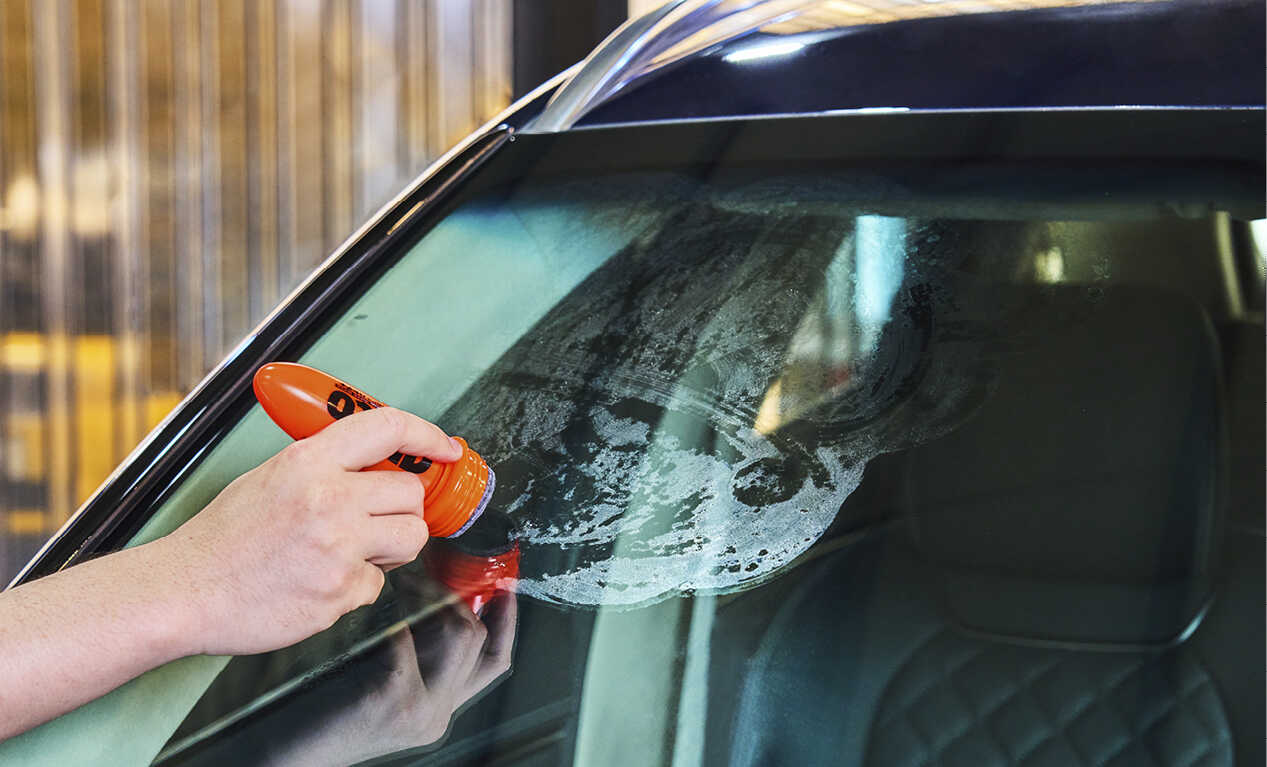
It is also good to apply a rain repellent when the film is removed; This reduces water condensation on the glass. However, the water-repellent coating must be applied evenly over the entire window. If the water-repellent coating agent clumps in certain parts, it can cause noise when you turn on the wiper.
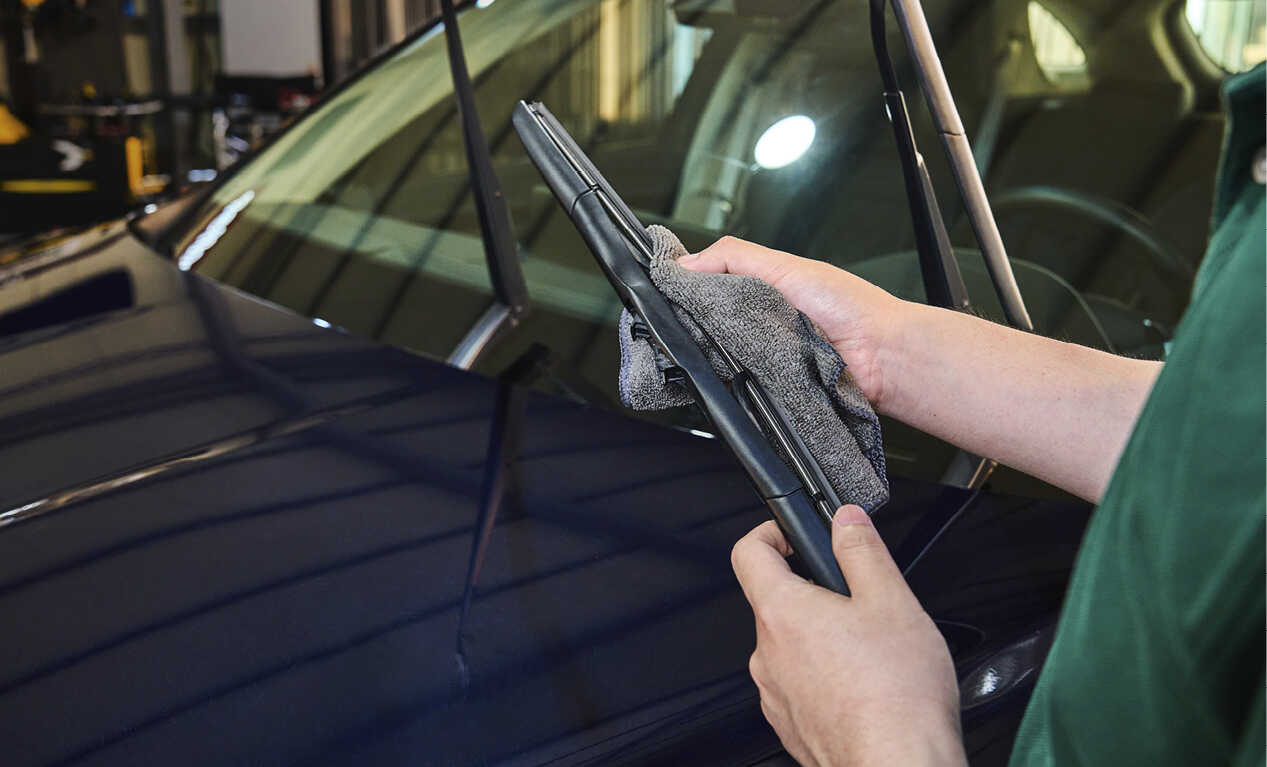
After cleaning the windshield, it is a good idea to check the wipers. Worn wipers do not properly wipe out water, but rather apply water evenly to the windshield. Therefore, wipers with reduced performance should be replaced immediately. In addition, even a normal wiper may have foreign substances such as dust on the rubber (blade), so it is recommended to wipe it lightly once.
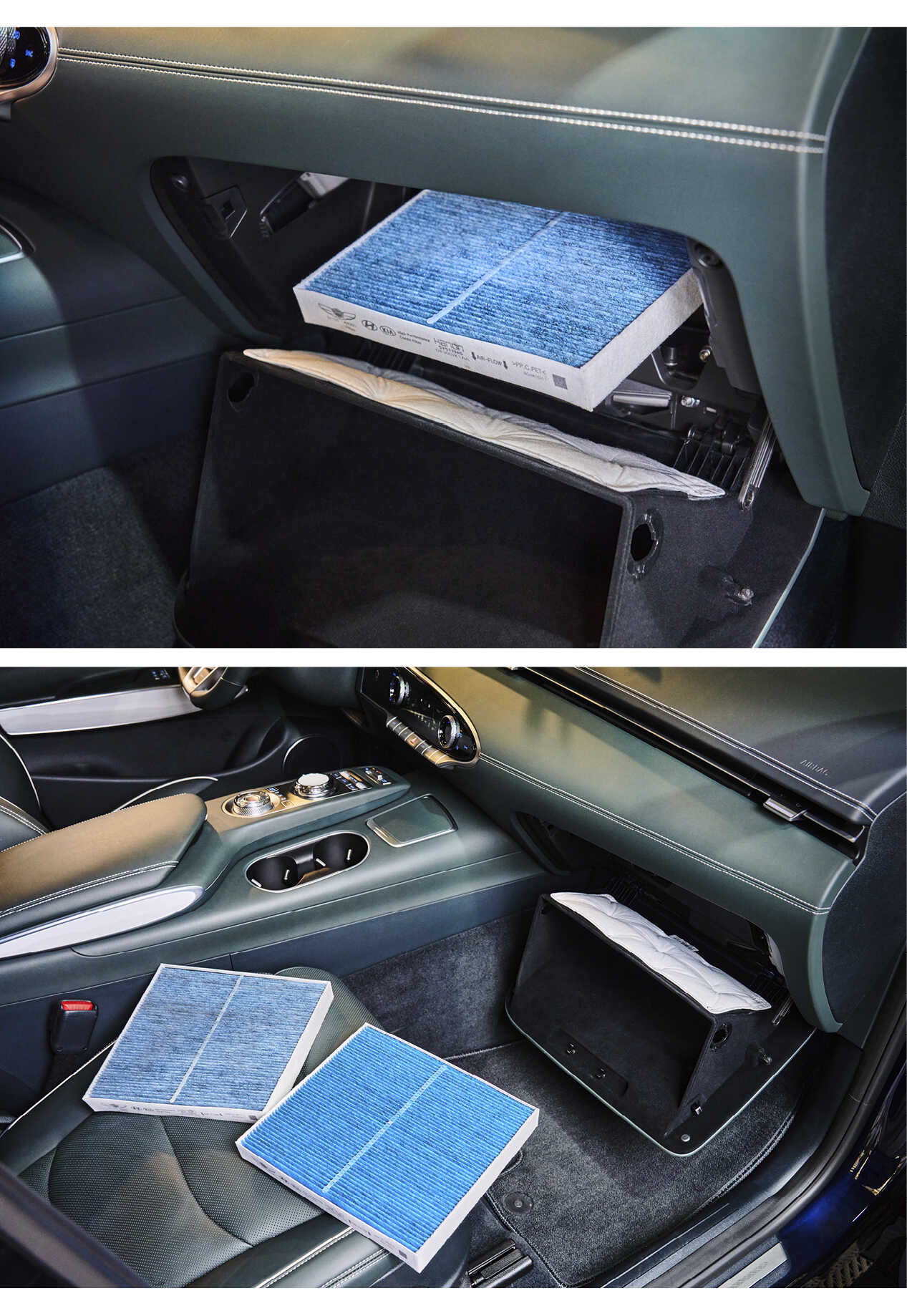
Car interior maintenance is also easy; In summer, you just need to focus on removing moisture and maintaining a comfortable interior - like an air conditioner filter (air filter for air conditioning units), for example. The owner’s manual of most cars recommends replacing the air conditioner filter regularly every 15,000 km. However, if you frequently drive in a city with severe air pollution, it is recommended to check it frequently and replace it more often - every six months, for example.
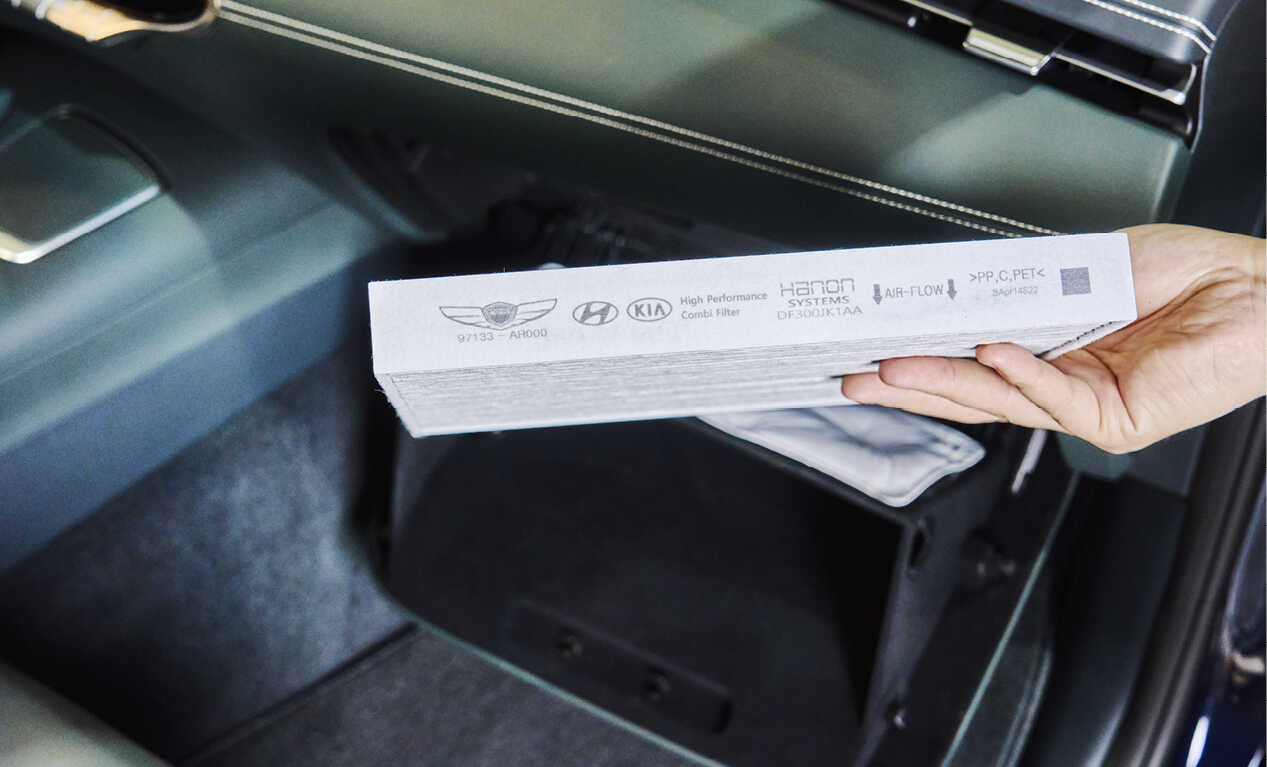
Replacing the air filter is simple. In most vehicles, the air conditioner filter is located behind the glove box, and you can easily find the air conditioner filter cover by removing the fixing pin and stopper on the glove box. And when replacing the air conditioner filter, it must be installed with the arrow mark facing down. The arrow indicates the wind direction, but if it is installed in the opposite direction, noise may occur and the filter and air conditioner performance may deteriorate.
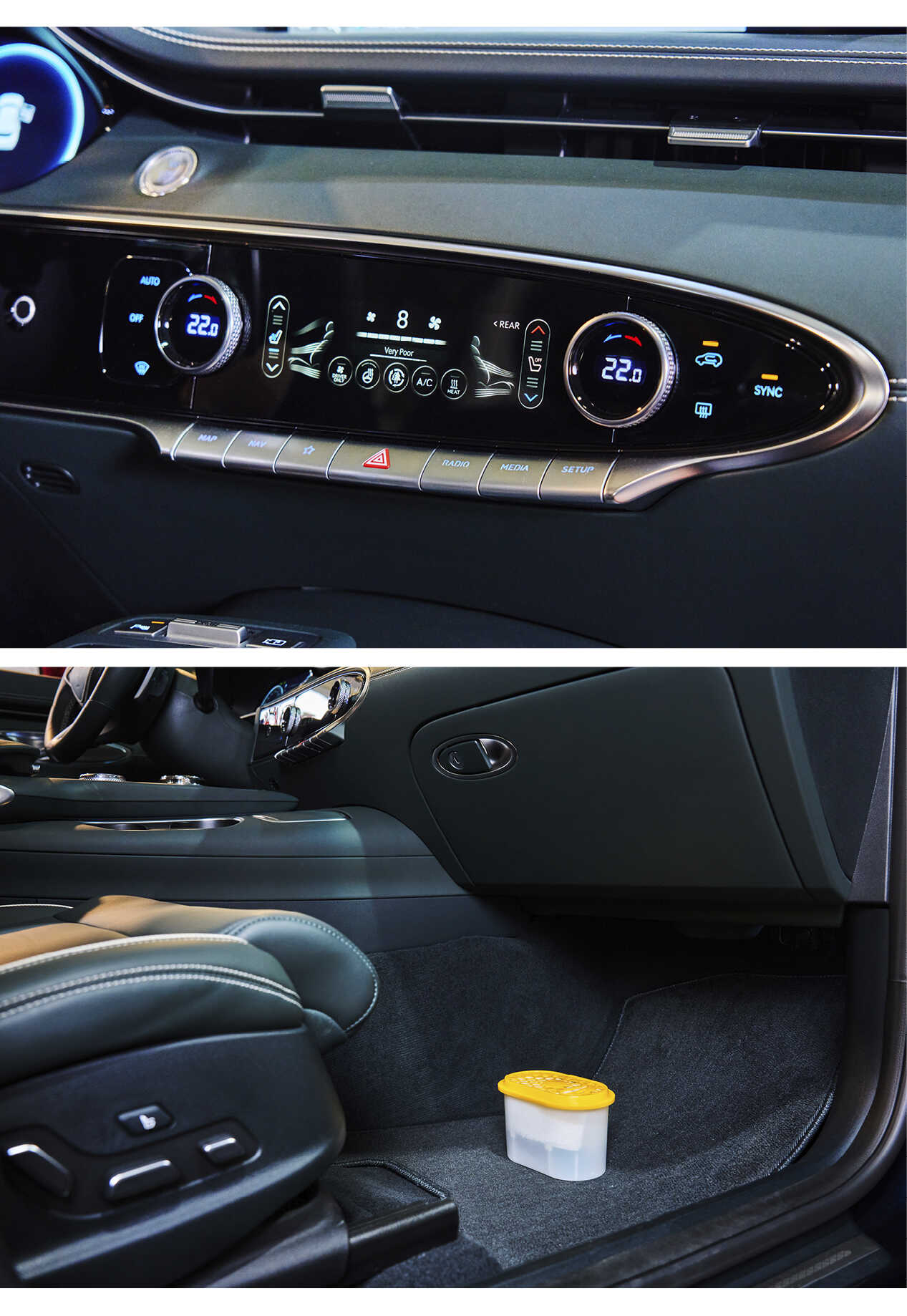
If you only drive on weekends, it’s a good idea to have a dehumidifier in your car’s interior. The air conditioner can cool and dehumidify while driving, but not after parking; One or two common home dehumidifiers will do.
And to prevent mold smell from the air conditioner, it is recommended to turn off the air conditioner by pressing the A/C button about 5 minutes before arriving at the destination, and set the fan mode to maximum to dry the evaporator and the inside of the air conditioner. However, this won’t be necessary for models that house the afterblow function that automatically removes moisture from the air conditioning system after the driver gets off.
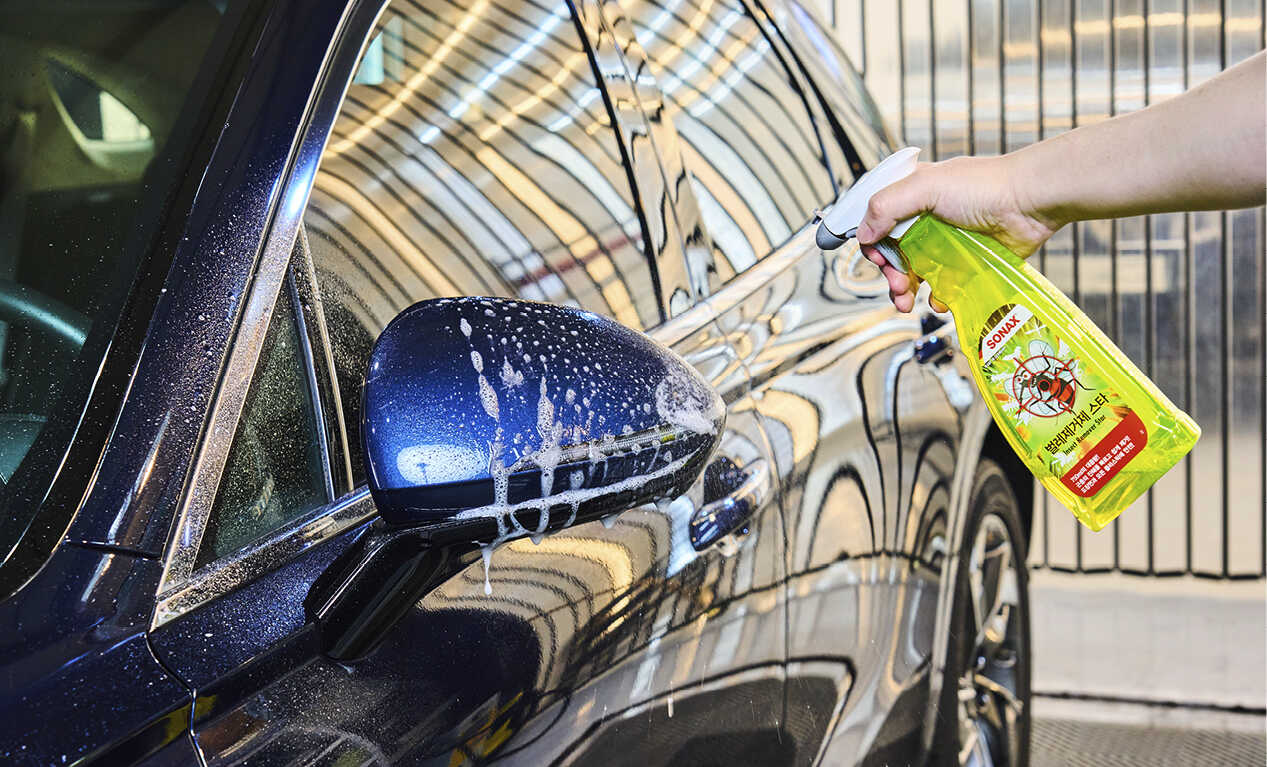
Next is car paintwork management. In the summer, your car suffers from various foreign substances on the outside. For example, if the surface is not smooth when you sweep it with your hand, it is likely that there is a lot of iron on it. Brake dust or iron in the air easily sticks to the painted surface. An iron remover can easily remove this. Simply spray iron remover at the end of the car wash to dissolve the iron, then spray with high-pressure water and wipe off.
Meanwhile, if you drive long distances at night in summer, your headlights and glass will be covered with bugs. If the dead bugs have not been attached for a while, you can wash them off with just a splash of water. However, over time, they harden and do not come off easily. In that case, the bug cleaner would help. As it dissolves the protein, the worm carcass can be easily removed.
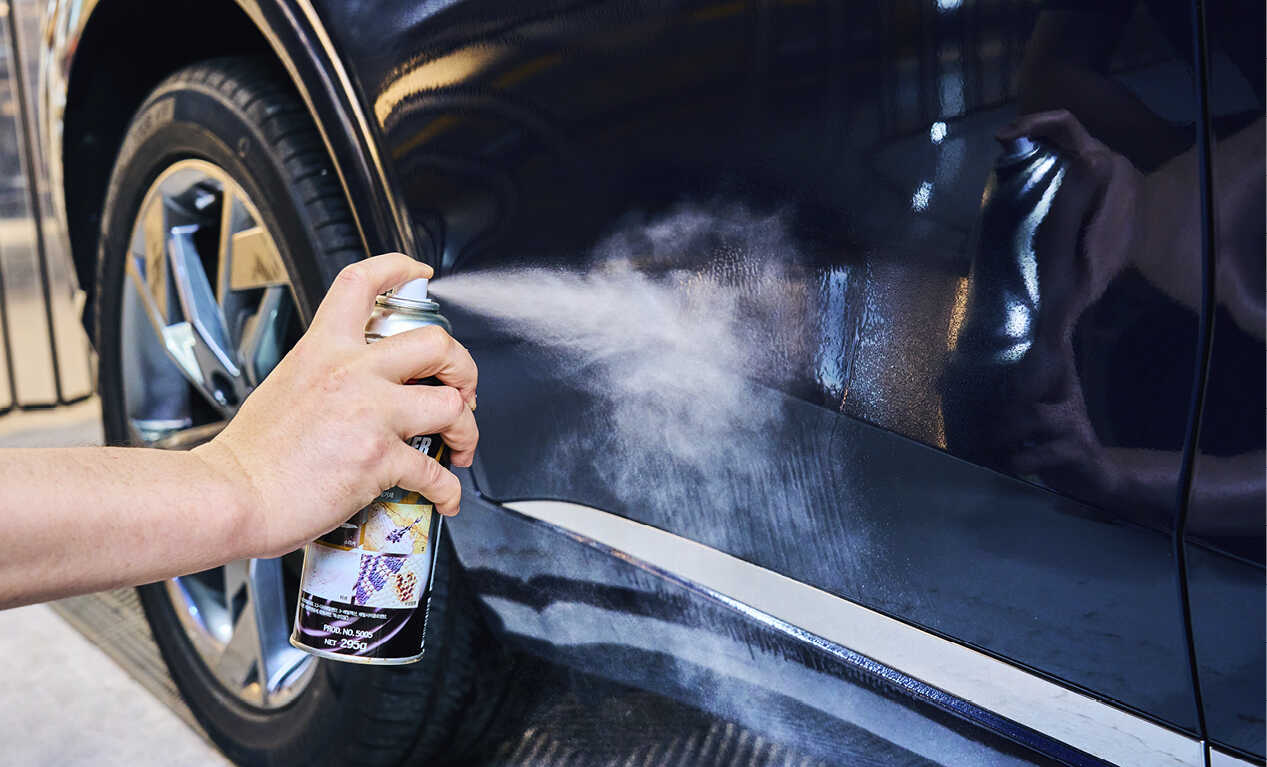
And if you often drive on freshly paved roads, it’s a good idea to regularly remove tar from your vehicle as well. If there are black stains on the fenders, it’s likely tar; It sticks to the bottom of the body as your car drives through the asphalt. Do not scrub tar off; Use tar remover then scrape it off. In particular, tar remover can also be used to remove sticky marks caused by stickers or tree sap.
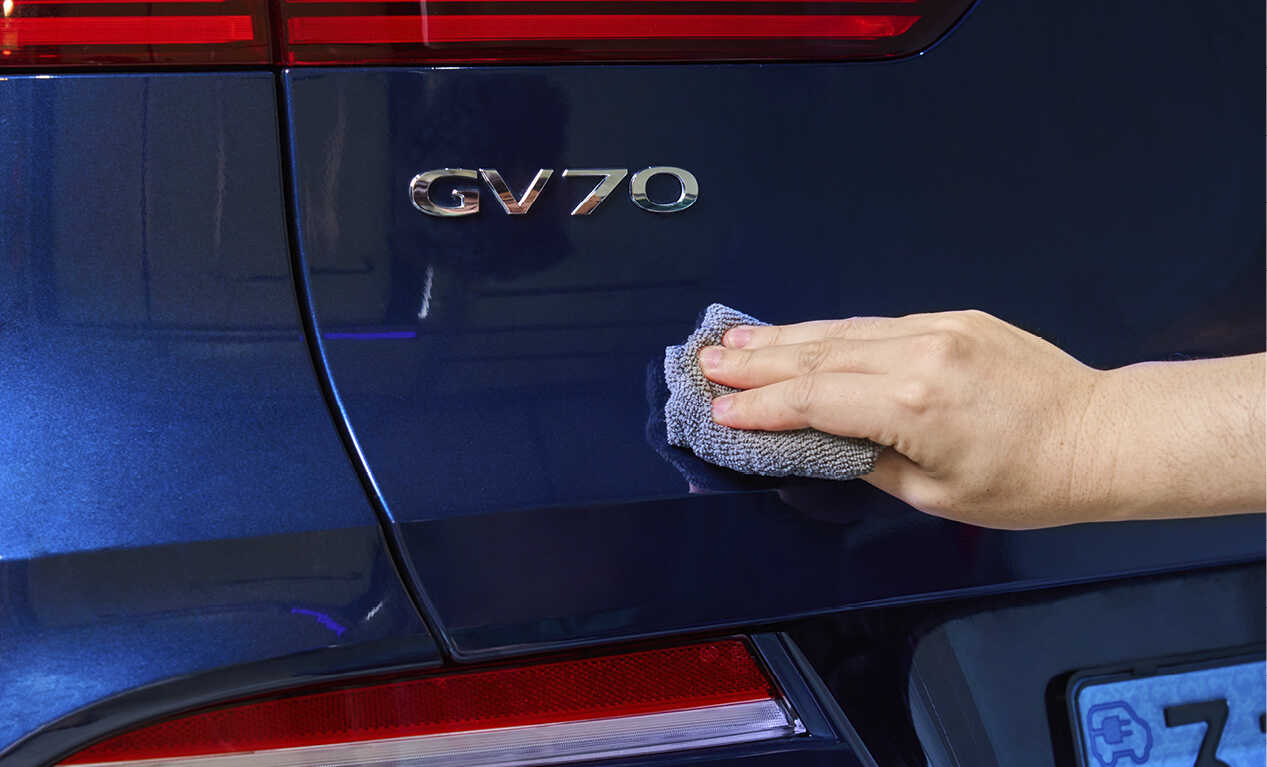
The final step in car wash is waxing; Waxing will help keep your paintwork clean for a long time. You can also create a more shiny gloss if you want. But the biggest benefit of wax is this; It acts as a protective film to prevent contaminants from adhering to the painted surface. This will make paintwork maintenance easier and the next car wash easier.
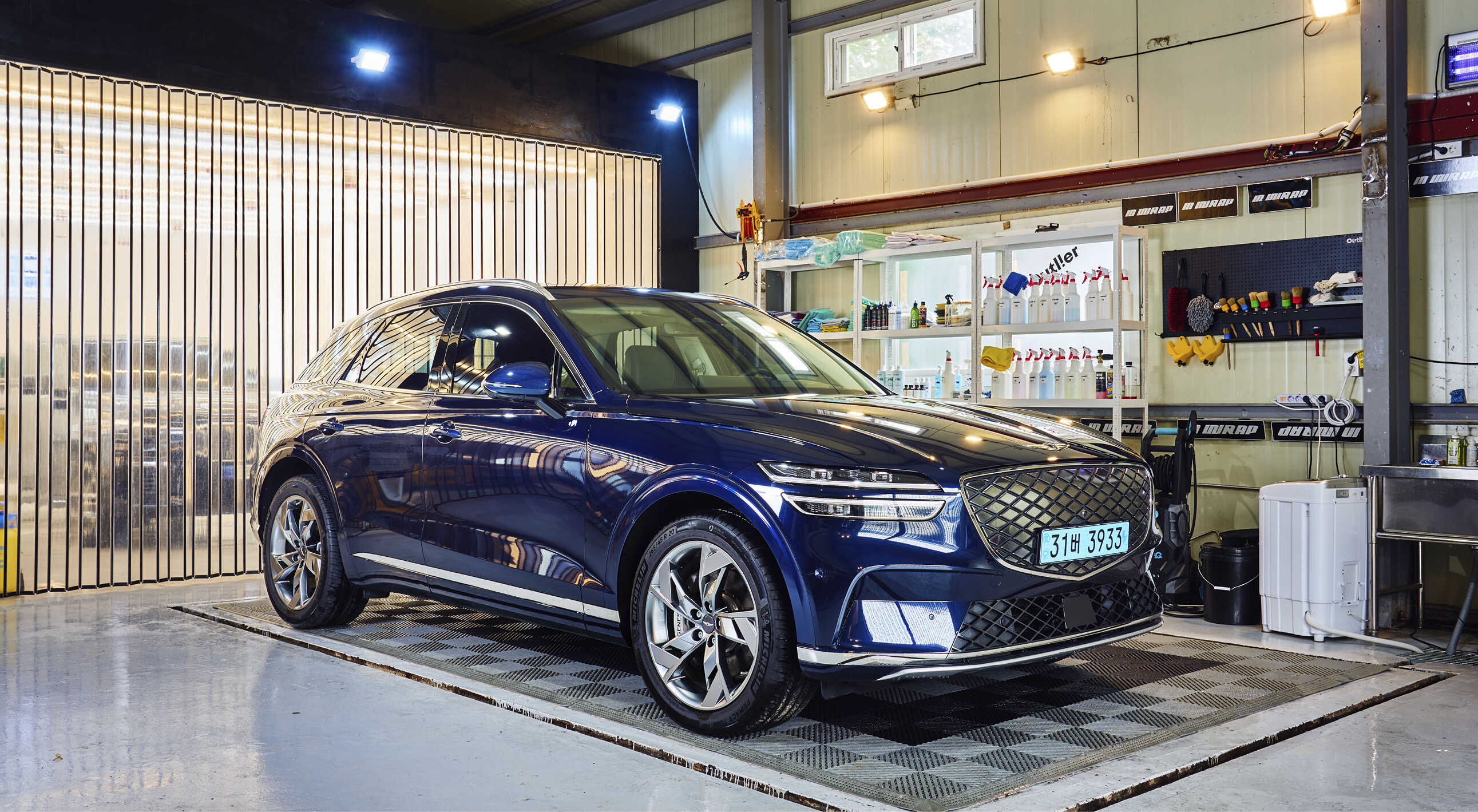
In summer, you can simply take care of your car while washing it. However, it is not easy to check with your own eyes, and sometimes you need the help of a skilled professional. The best way is periodic inspection depending on the mileage. During the summer, many automakers offer free inspections; Hyundai Motor Group also regularly provides a special free maintenance service during the summer. This allows you to prevent your car from breaking down by checking major parts. The best way to maintain a vehicle like this is to constantly look at your vehicle. A little attention is required for comfortable and safe summer driving.
Photography by Hyuk-soo Cho